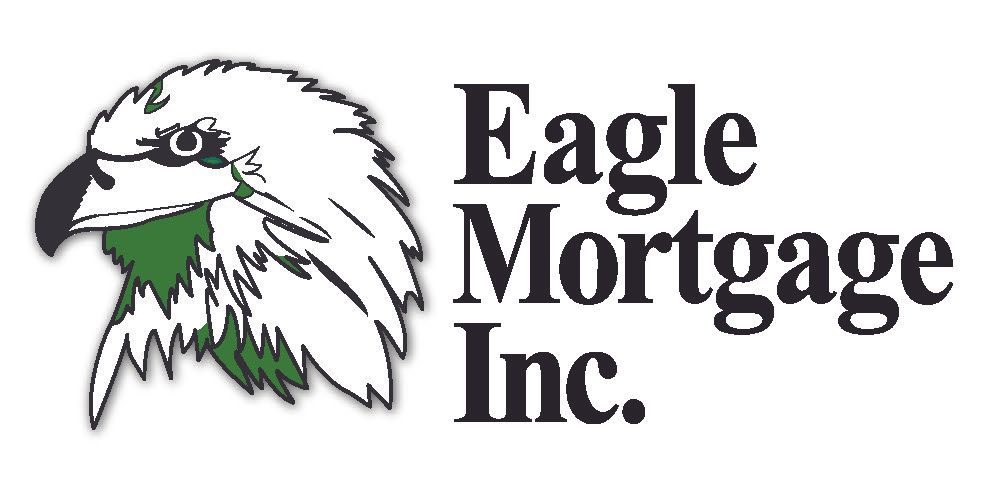Get In Touch
The history of mortgage rates in the United States is a fascinating journey through economic changes, policy decisions, and market dynamics. Understanding how these rates have evolved provides valuable insights into the broader economic landscape and can aid homeowners and potential buyers in making informed decisions.
Early Beginnings: The Post-War Era
In the post-World War II period, the United States saw a sharp increase in homeownership. Mortgage rates at that time were relatively low, influenced by the government's initiatives to promote housing as part of the American Dream.
The Peaks of the 1980s
The 1980s witnessed one of the most significant surges in mortgage rates, influenced by high inflation and stringent monetary policies. At their peak, rates soared well into double digits, making home buying a daunting financial challenge.
Decline and Stabilization: The 1990s and Beyond
As the economy stabilized, so did mortgage rates. The late 1990s and early 2000s saw rates drop significantly, driven by economic policies aimed at encouraging borrowing and spending. This trend continued until the Great Recession of 2008, when rates plummeted as part of efforts to revitalize the housing market.
Recent Trends: 21st Century and Beyond
In recent years, mortgage rates have hovered at historically low levels, influenced by various economic policies and global market conditions. The COVID-19 pandemic further pushed rates down as part of measures to support economic stability.
Implications for the Future
Understanding the historical trajectory of mortgage rates is crucial for anticipating future trends. While economic conditions can change unpredictably, staying informed allows homeowners and buyers to better navigate the market. As always, consulting with a financial advisor can help in making decisions that align with personal financial goals.

